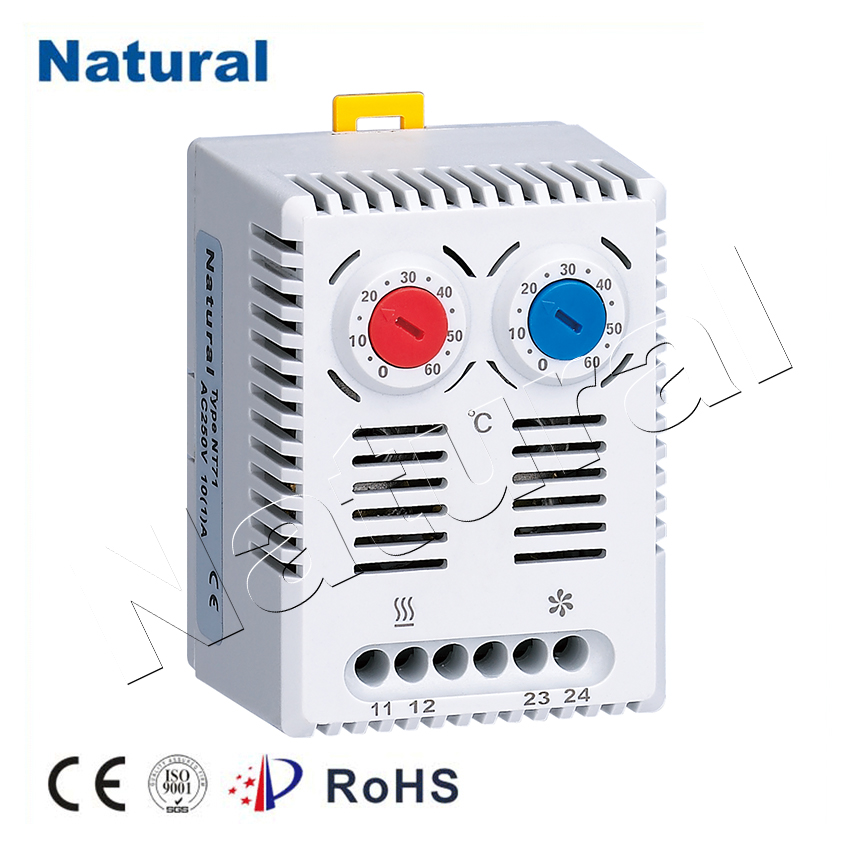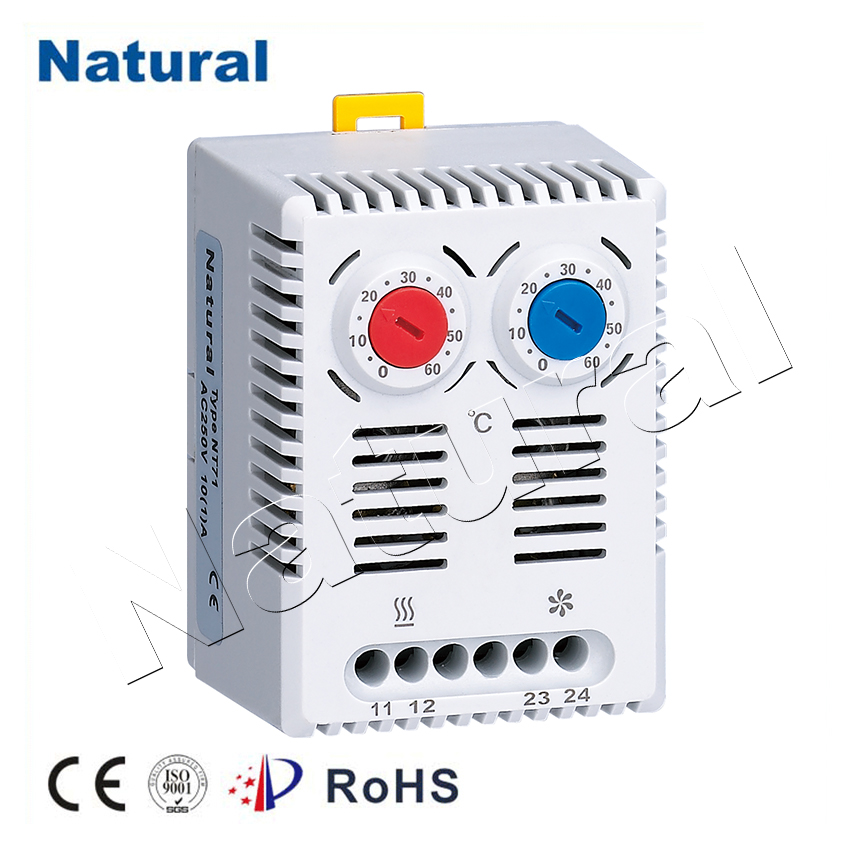In today’s world, where energy efficiency and comfort are paramount, the dual thermostat is becoming an increasingly popular choice for homeowners looking to optimize their heating and cooling systems. Unlike traditional thermostats that control the temperature of a single zone or area, a dual thermostat offers the flexibility to control two separate zones or systems independently. This article explores the benefits, functionality, and considerations of using dual thermostats in your home.

What is a Dual Thermostat?

A dual thermostat is a device designed to regulate the temperature of two distinct zones or systems. Typically, this refers to two separate heating or cooling units that can be independently controlled, allowing for personalized climate control. These thermostats are commonly used in homes with multiple HVAC systems, such as a dual-zone heating system (for upstairs and downstairs), or homes with separate air conditioning units for different areas. The primary advantage of a dual thermostat is its ability to provide optimal comfort by maintaining different temperatures in different parts of the home. For instance, you may prefer a cooler temperature in the living room where you spend most of your time, while keeping the bedrooms at a warmer, more comfortable setting during the night.
